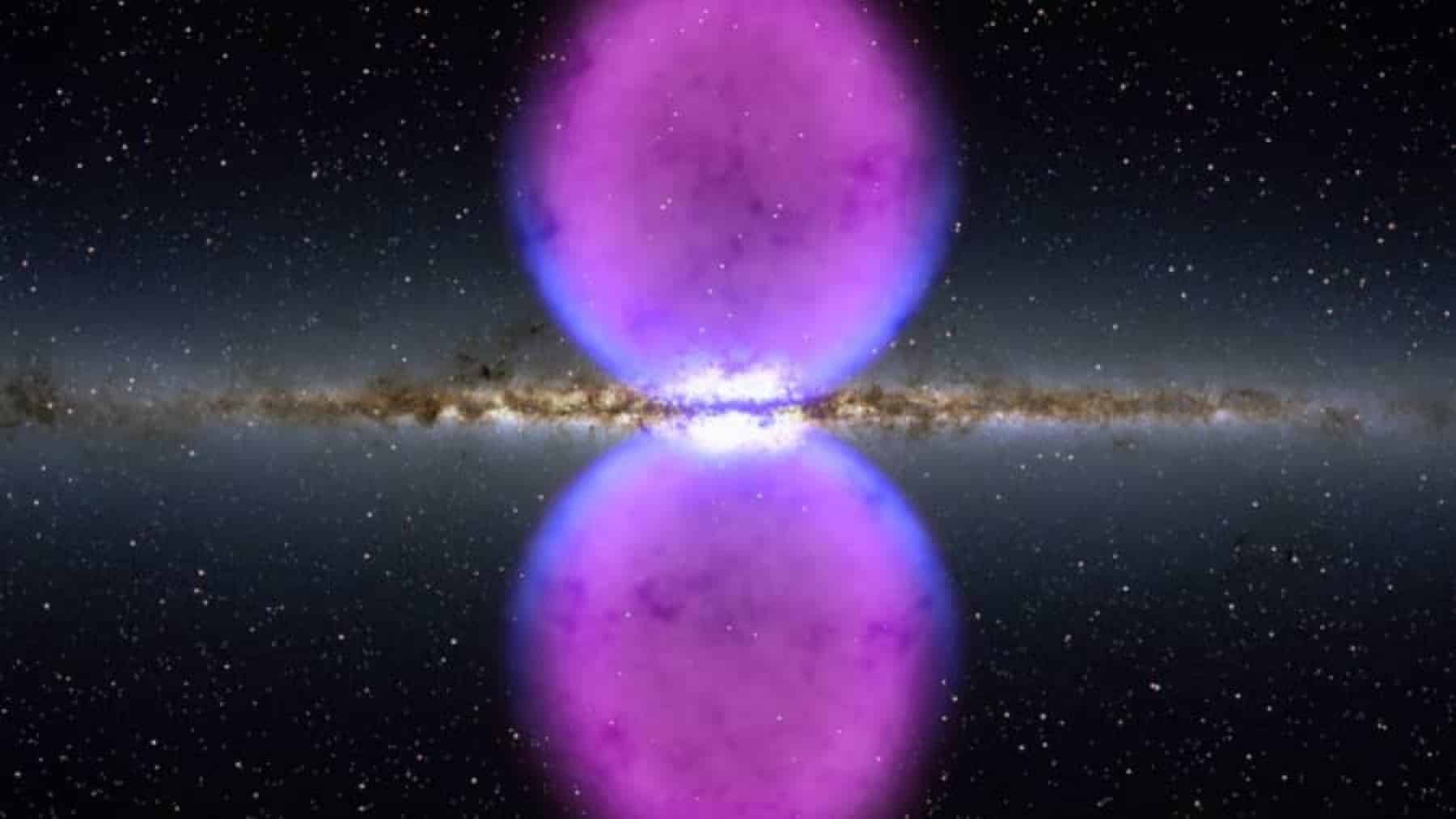It is well known that the vast section of our universe appears to be dark, but with recent findings from humanity’s refined and advanced spatial equipment, galactic firestorms can be seen, and some parts appear to be intensely darker than the rest of space. They are not to be mistaken for black holes. The presence of something so dark in our universe raises some questions. Is this another signal from our universe or a one-time anomaly?
Discovering the obscure darkness drifting in space
At first, pouring heavy investments into research and development of advanced and multi-complex imaging and telescopic machinery was seen as a waste by some enthusiasts, but the inherent discovery made by them ever since they have been delivered into space has proven to be timeless. Astronomers were on a mission to study the possibility of the proliferation of other celestial phenomena when they stumbled upon the chilling patch of darkness engulfed in a galactic firestorm. At first, these observations were classified as “mistakes” due to external factors.
Mistake that turned into a groundbreaking universal discovery
Upon closer examination and verification, it was observed that this “mistake” was not an error but a dense and ice-cold mix of space gas and debris. This mix was thick and dense to the point that it absorbed any form of light shone upon its surface. The temperature of its immediate environment also appeared to be extremely high, like the resulting temperature released during a supernova.
Equipment that made the discovery possible
Discovering celestial phenomena like this would not have been possible if not for the these instruments like the
- James Webb Space Telescope (JWST): Famous for its hypersensitivity in detecting all kinds of celestial heat signatures and imaging properties.
- Atacama Large Millimeter/submillimeter Array (ALMA): One of the most powerful telescopes for observing and detecting universal existence or anomalies. It is a combination of 66 antennas functioning as a single entity.
These high-precision instruments armed humanity with the required visuals, data, and information required to uncover various mysteries.
Demystifying the unusual: Cosmic “ice cubes” in a galactic firestorm
For most people, the combination of ice cubes and fire doesn’t seem possible in reality, but to researchers, especially astronomers, this is a slight peek at the possibilities that could emerge in our universe.
Teardown of the ice-cold mix
The galactic firestorm, upon closer observation, contained thick layers of space dust acting like thermal blankets protecting the ice cubes inside it. This simple design keeps the ice cubes cold even though its immediate environment is super hot.
The role of gravity
The topic of teardown will not be complete without discussing gravity. The volume of gases present in this galactic firestorm compresses the components, gas and spatial dust, into dense cores. The result of this interaction is a gravitational force that allows the firestorm to keep its fragile molecular structure without degradation.
Implications of the ongoing research on our universe
The occurrence of such phenomena in our universe is not by accident. Humanity will gain a strategic edge by understanding how these formations in our universe came to be through consistent research. Could this lead to a greater discovery? Who knows, but it’s always worth it to keep experimenting with new ideas.
The usual phenomena we are familiar with are comets, bright stars, planets, and other known celestial lifeforms. The concept of a cosmic “ice cube” inside a galactic firestorm is quite new and might yet again hold subtle signs that our universe is welcoming us on a voyage of discovery. Understanding the nature of this galactic firestorm can unlock the key to solving several mysteries within our universe.
